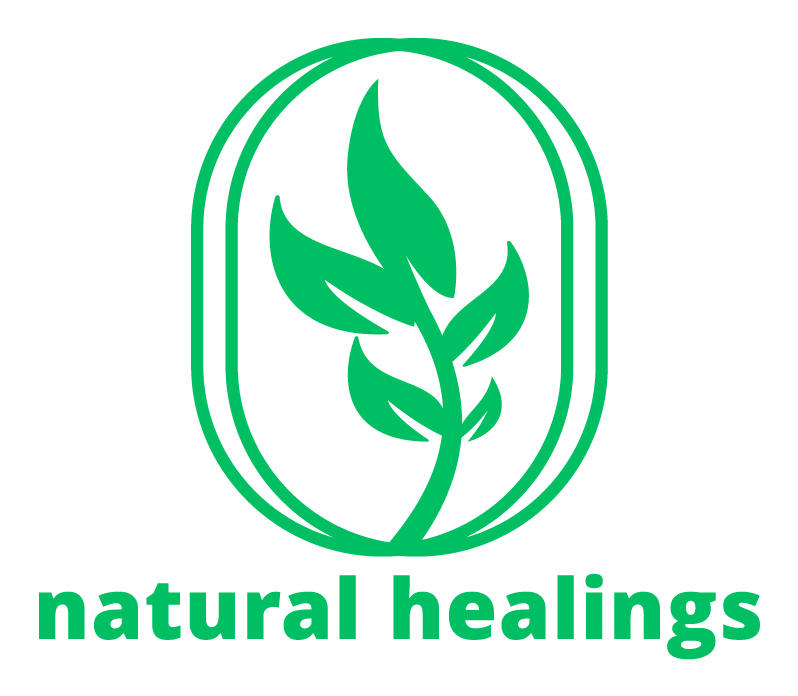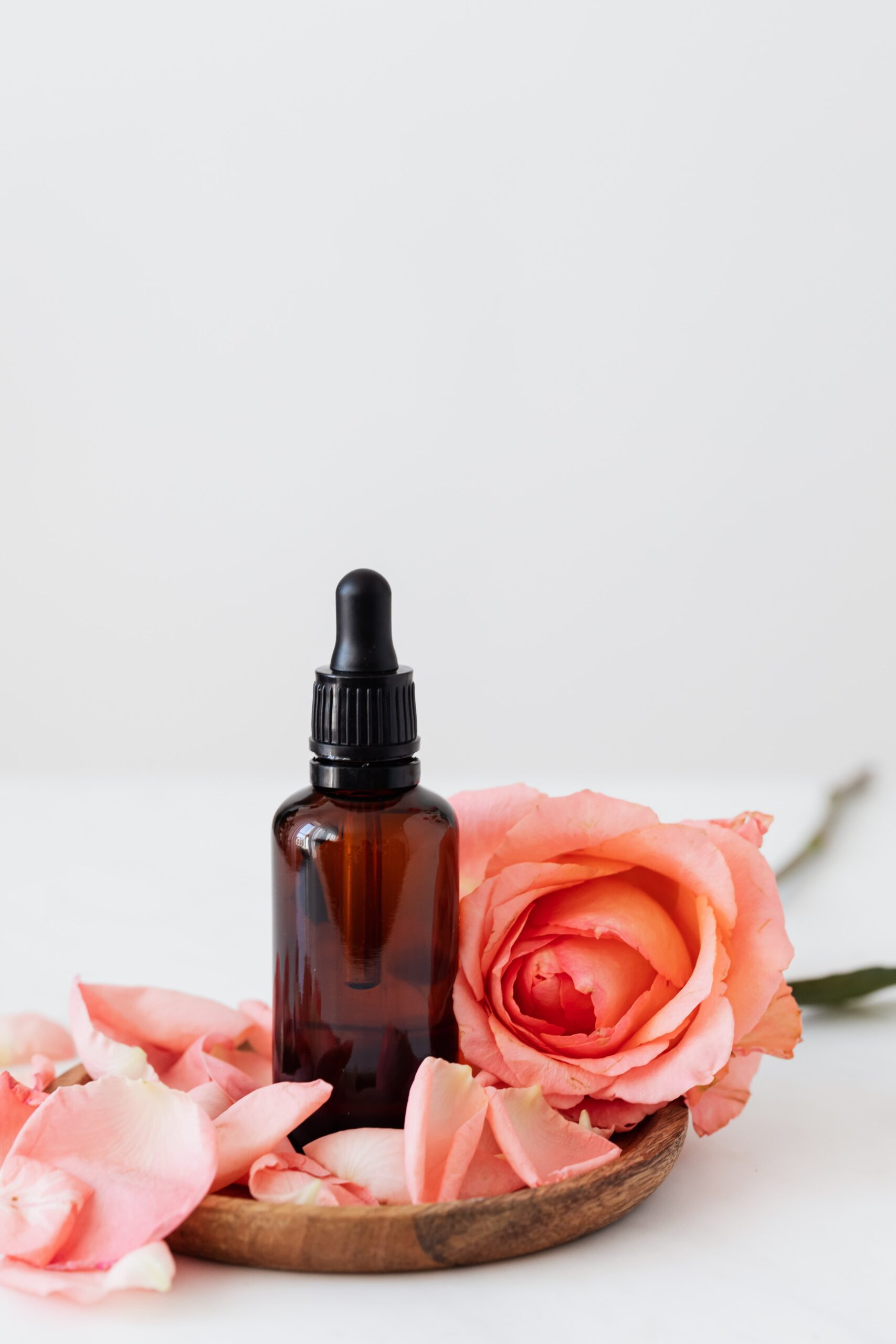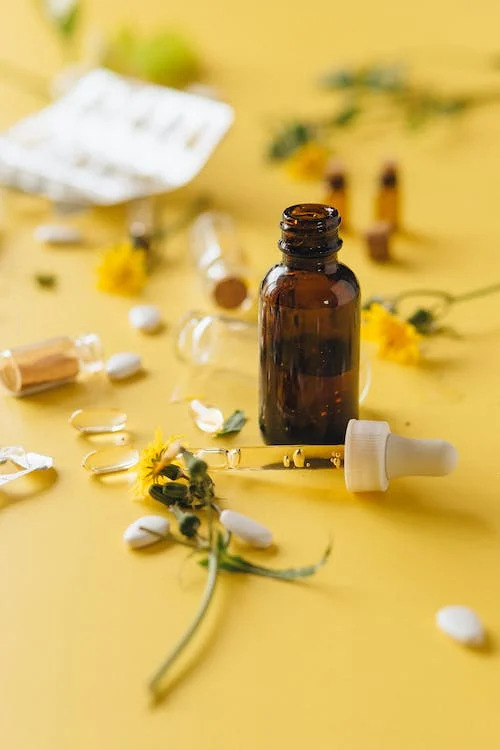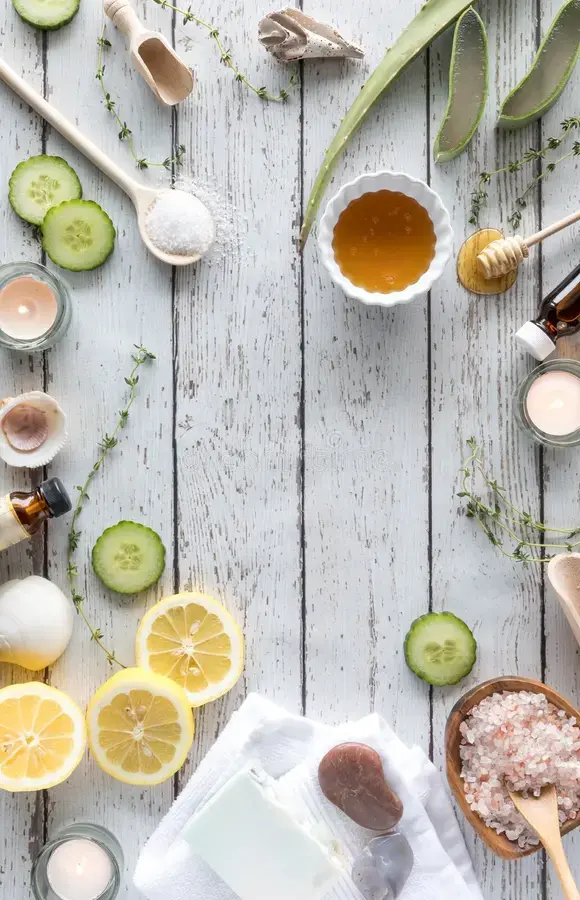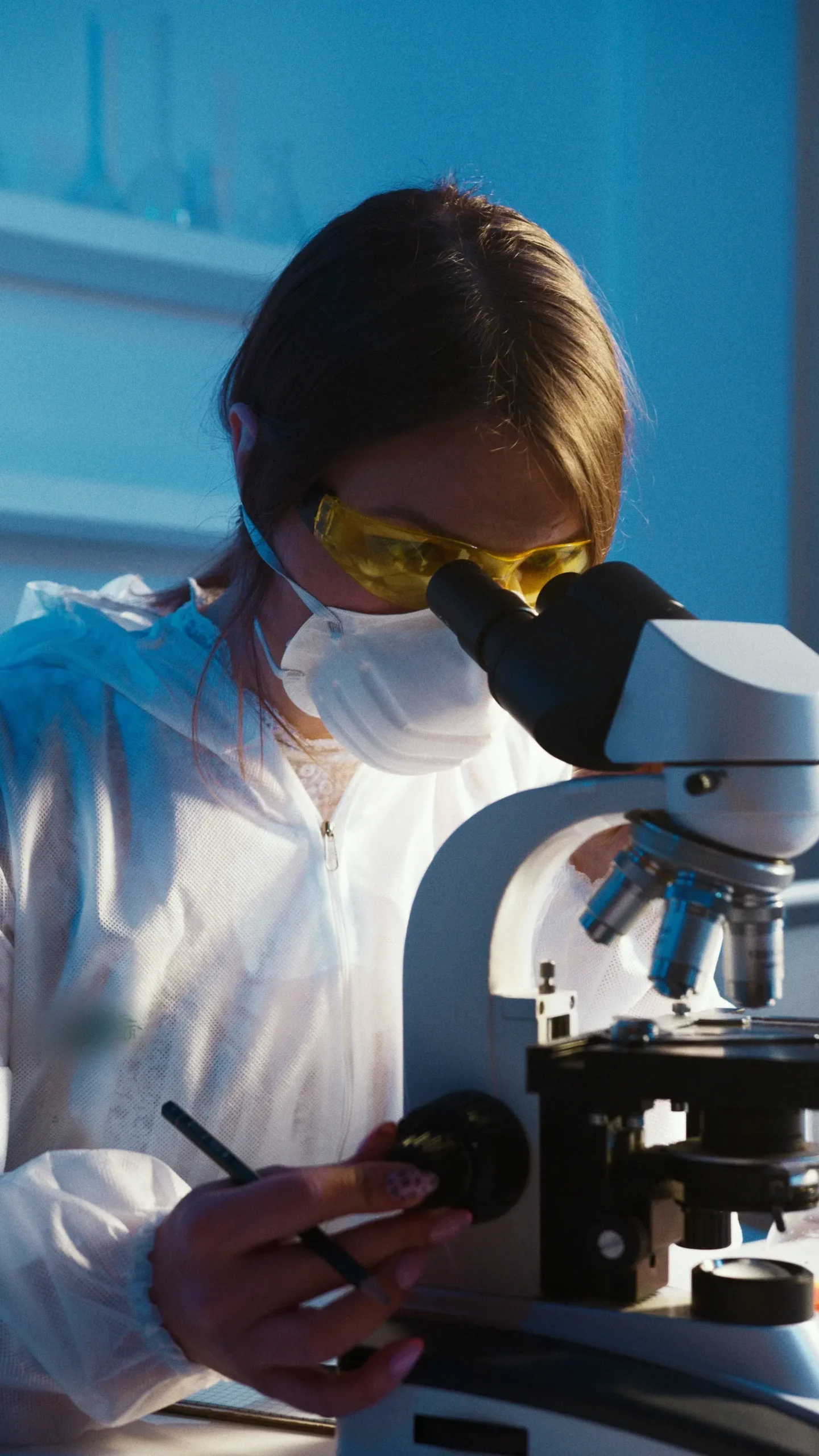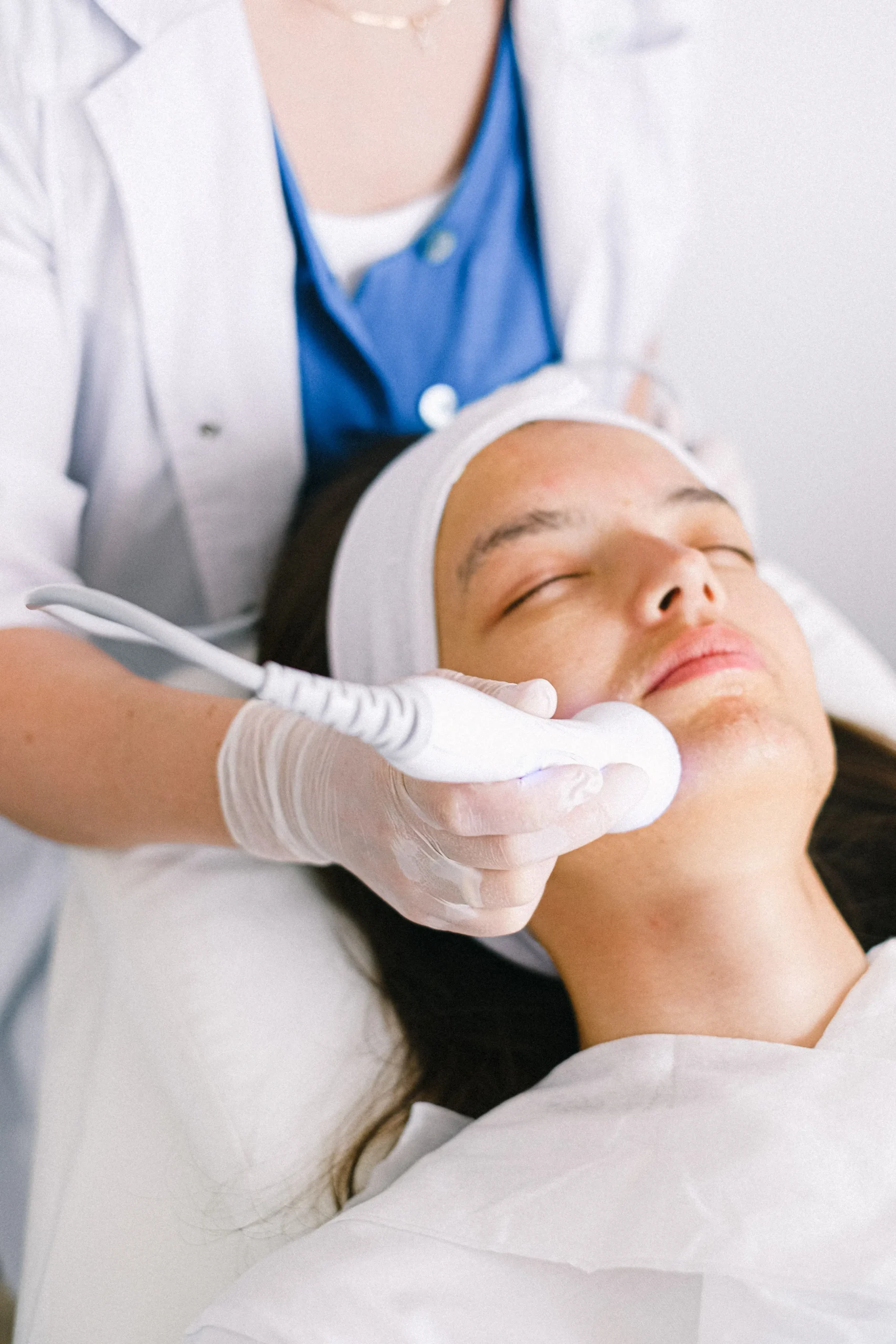H air ANALYSIS
This simple diagnostic technique is based on the idea that hair provides vital clues about nutritional imbalances elsewhere in the body. It is also used to detect environmental toxins before overt symptoms appear. During the procedure, the diagnostician clips a small sample of hair from the nape of the neck and sends it to a lab, where it is analyzed by the latest computer technologies. The analysis is meant to uncover signs of mineral imbalance during the previous three months. A poor diet, stress or exposure to environmental toxins can all cause severe disruptions in the body’s mineral balance. Some healers believe that an excess or deficiency of minerals— such as iron, calcium, zinc Or magnesium-—is a common cause of migraines, immune deficiency, broken nails, poor wound healing or other symptoms. Proponents of hair analysis consider it a safe and reliable method for detecting nutritional and environmental causes of these and other disorders. Specitic natural and dietary therapies are often offered based on the results,
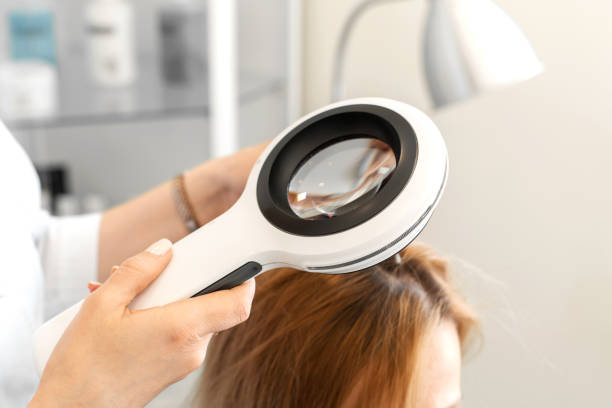
CUTTING THE HAIR
Only a small, 1-in. sample of hair is needed for analysis; a hair-weighing card is used to determine the exact amount. The hair is usually taken from the nape of the neck and is cut with special shears that cut every fifth hair or so. Don’t worry—the hair that has been removed will not be very noticeable. The sample is then placed in a special bag and sent to a lab for analysis. It’s important to remember that hair that has been colored, bleached or given a permanent over the past 3 months should not be analyzed, because the chemicals used can distort the results.
H air ANALYSIS
Therapeutic Effect: The hair sample is sent to a special laboratory Analytical results and specific supplemental mineral recommendations are then returned to the diagnostician. Depending on the extent of the analysis, the fee will probably be between $25 and $70. Health insurance doesn’t cover the cost.
🙤 Analysis and treatment
Hair can accumulate more than 30 minerals, trace elements and toxins over a 3-month growth period. Proponents of hair analysis claim that even the tiniest amounts can be detected. Based on the analysis, nutritional and therapeutic measures are often recommended to correct imbalances and detoxify the body.
🙤 The viewpoint of mainstream medicine
Traditional medical professionals rely mainly on blood and urine tests to determine shortterm variations in mineral levels. Though hair analysis is sometimes used to detect certain heavy metals, such as lead, most mainstream doctors do not regard the therapy as reliable.
Extra Tip
If you use chemical dyes that interfere with results or you don’t have enough hair to provide a sample, you can have your fingernail clippings analyzed instead.
Used to detect toxins and nutrient deficiencies to uncover hidden causes of fatigue, depression, immune deficiency, migraines and other types of headaches, allergies, skin disorders and chronic nausea
✽ Laboratory Analysts ✽
When an analysis is done, the hair is first cleaned, then dissolved in a solvent and finally analyzed in the laboratory. Modern technologies, such as spectrophotometry or atom absorption, are used in the analysis. Advocates assert that the most minute “amounts of toxic pollutants or the smallest mineral fluctuations become evident.
✽ Environmental Medicine ✽
Hair analysis is especially popular among natural healers who believe that exposure to harmful poisons in the environment may toxins that are commonly studied in hair -analysis include aluminum, antimony, arsenic, beryllium, cadmium, lead, mercury and silver.
Hair facts
♦ Structure of the hair A hair shaft is made up of lifeless protein material arranged around a central core. This outer protein layer is sheathed in delicate cuticle cells, which are arranged like shingles or tiles. The cuticle in turn is covered substances that protect the hair. Hair grows about half an inch a month. Some 100 new hairs are added daily; most hairs grow for 3-6 years before falling out.
♦ What the hair reveals The hair root anchors each shaft of hair to the scalp. The root is nourished by a network of delicate blood vessels, which deliver vitamins, same vessels also deposit in the hair any toxins or drugs present in the body. Hair analysis takes advantage of this process to assess the body’s mineral and toxin levels over q period of several months.
♦ Nutrition for healthy hair Eating foods rich in the following vitamins and minerals can help the hair (and body) stay healthy.
Vitamin A: Beef, liver, carrots, sweet potatoes, milk, pumpkin and eggs.
B vitamins: Brewer’s yeast, fish, whole grains, turkey and chicken breast, clams, nuts and yogurt.
Folic acid: Chicken liver, oatmeal, beans, asparagus and avocados.
Zinc: Oysters, crab, beef, poultry, pork, nuts, wheat germ and bran
Extra Tip
If you use chemical dyes that interfere with results or you don’t have enough hair to provide a sample, you can have your fingernail clippings analyzed instead.
